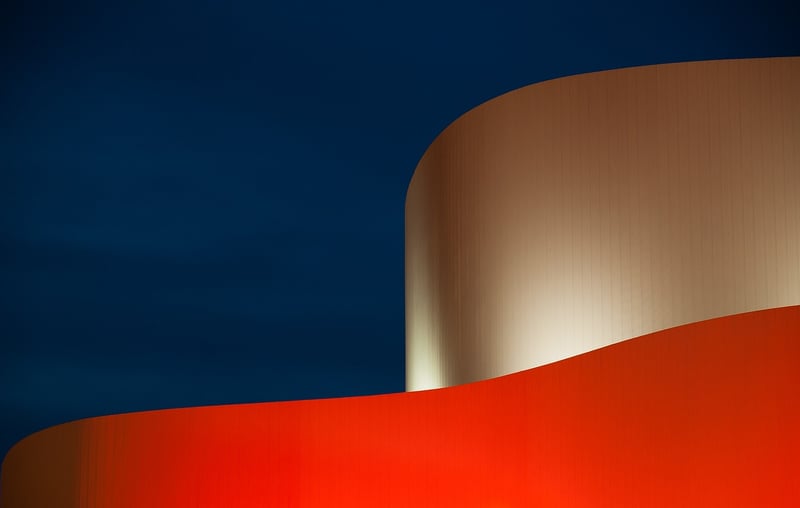Contemporary
Exploring Expressive Movement Forms in Contemporary Art
Contemporary art is a rich tapestry of various forms of expression, with artists often pushing boundaries and redefining traditional art practices. One such avenue of exploration within contemporary art is through expressive movement forms. Artists use their bodies, gestures, and physicality to convey emotions, ideas, and narratives, creating captivating visual experiences that challenge viewers to engage with art in new ways.
The Intersection of Dance and Visual Art
Expressive movement forms in contemporary art often blur the lines between dance and visual art. Artists draw inspiration from dance techniques, choreography, and the human body's kinetics to create dynamic and immersive artworks. These pieces can range from live performances and video installations to static sculptures that capture movement's essence in a frozen moment.
Key Elements of Expressive Movement Artworks
When exploring expressive movement forms in contemporary art, several key elements come into play:
- Body as Medium: Artists use their bodies as a primary medium of expression, exploring the limits of physicality and movement.
- Rhythm and Flow: Movement artworks often play with rhythm, tempo, and flow to create a sense of dynamism and energy.
- Emotional Resonance: Expressive movements aim to evoke emotions and connect with viewers on a visceral level.
- Immersive Experiences: Many artists craft immersive experiences where viewers can interact with or witness the movement in a spatial context.
Examples of Expressive Movement Artists
Several contemporary artists have made significant contributions to the field of expressive movement art:
- Pina Bausch: Known for her groundbreaking work in dance theater, Bausch's choreography merges dance and theatrical elements to create emotionally charged performances.
- Marina Abramović: A performance artist who often uses her body as a medium, Abramović's pieces challenge notions of endurance, vulnerability, and human connection.
- William Forsythe: A choreographer whose works blend classical ballet with avant-garde concepts, Forsythe's approach to movement redefines traditional dance forms.
Exploring Expressive Movement Forms
Whether you're a seasoned art enthusiast or someone new to the world of contemporary art, delving into expressive movement forms can offer a unique and engaging experience. Visit art galleries, attend live performances, or explore online exhibitions to immerse yourself in the captivating world of movement-based art.
Embrace the fluidity of expression, the power of physicality, and the beauty of movement as you explore the intersection of dance and visual art in contemporary artistic practices.

Immerse yourself in the world of expressive movement forms and discover the boundless possibilities of merging dance and visual art in contemporary creative practices.
Experience the power of movement to transcend boundaries, evoke emotions, and redefine artistic expression in a continually evolving landscape of contemporary art.
